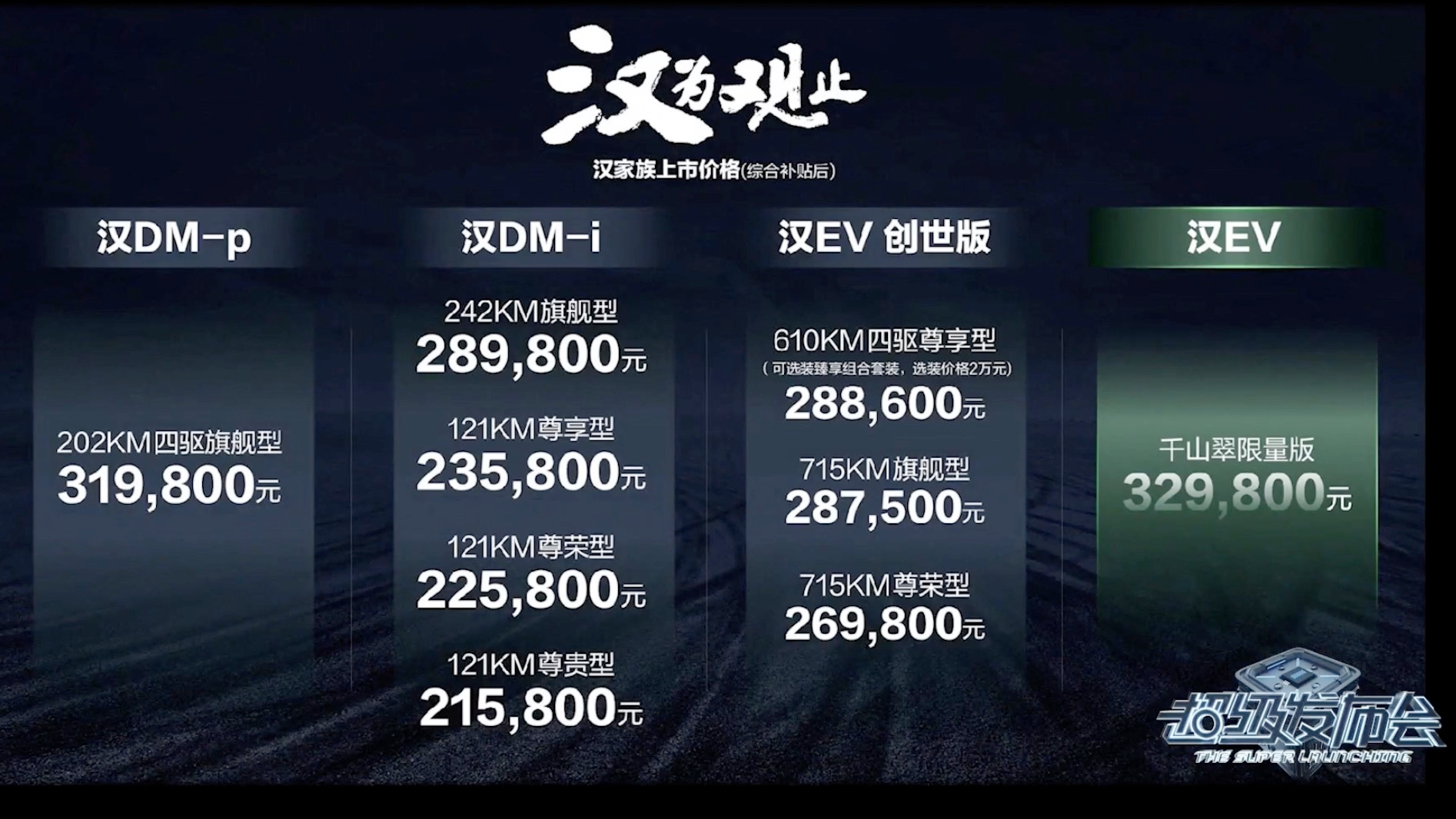BYD Han Family Has Four New Models Launched, Priced Ranging from 215,800 to 329,800 Yuan
In the afternoon of April 10th, BYD released four new models of the Han family. The Han DM-i comes with four different model types priced from 215,800 to 289,800 Yuan, while the Han DM-p is priced at 319,800 Yuan. Compared with the pre-sale prices, the prices of the Han DM-i have decreased by 1,000 to 3,000 Yuan. The Han EV Genesis version includes three different model types priced from 269,800 to 288,600 Yuan, while the Han EV Qianshancui Limited Edition is priced at 329,800 Yuan.
_20220410180357.png)
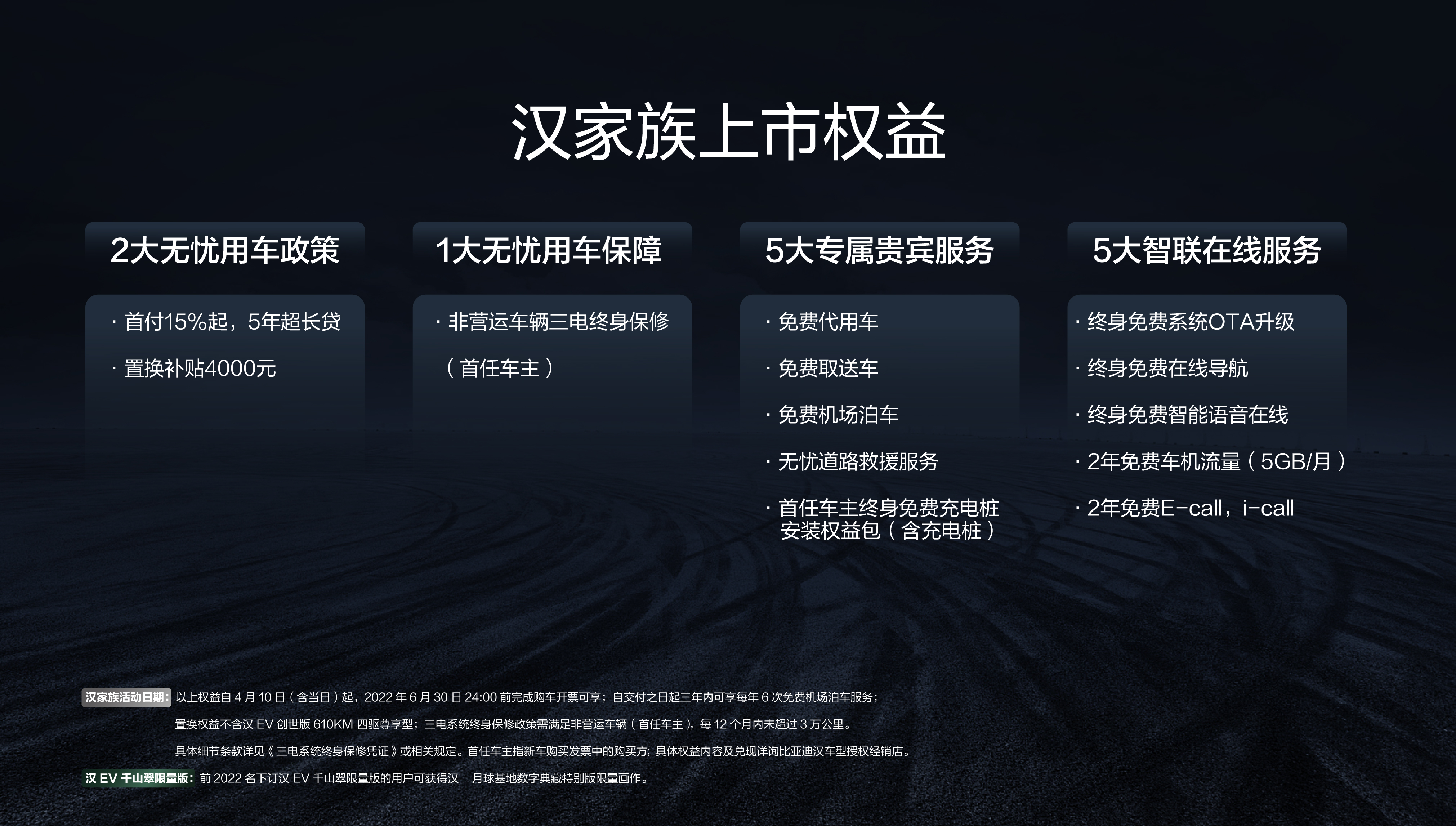
Differences Between Old and New Versions of Han EV
Firstly, in terms of price and driving range, the two-wheel drive Han EV 2020 model was priced at 234,800 to 260,800 Yuan. The Han EV Genesis version is more expensive by 26,700 to 35,000 Yuan. However, its driving range has increased from 605 km to 715 km (CLTC). Even considering the differences between NEDC and CLTC road conditions, this increase in driving range is very obvious. The most important reason is that the new Han EV is equipped with a new 85.4 kWh blade battery, which provides an increase of 8.5 kWh when compared to the old model. Meanwhile, the system energy density has increased from 140 kWh/kg to 150 kWh/kg. Compared with mainstream three-element battery systems with energy density between 160-190 kWh, the energy density of blade batteries is already quite impressive. The price difference for the four-wheel drive version is small, ranging from 284,500 to 288,600 Yuan, which is only 4,100 Yuan higher. Its driving range has increased from 550 km to 610 km.
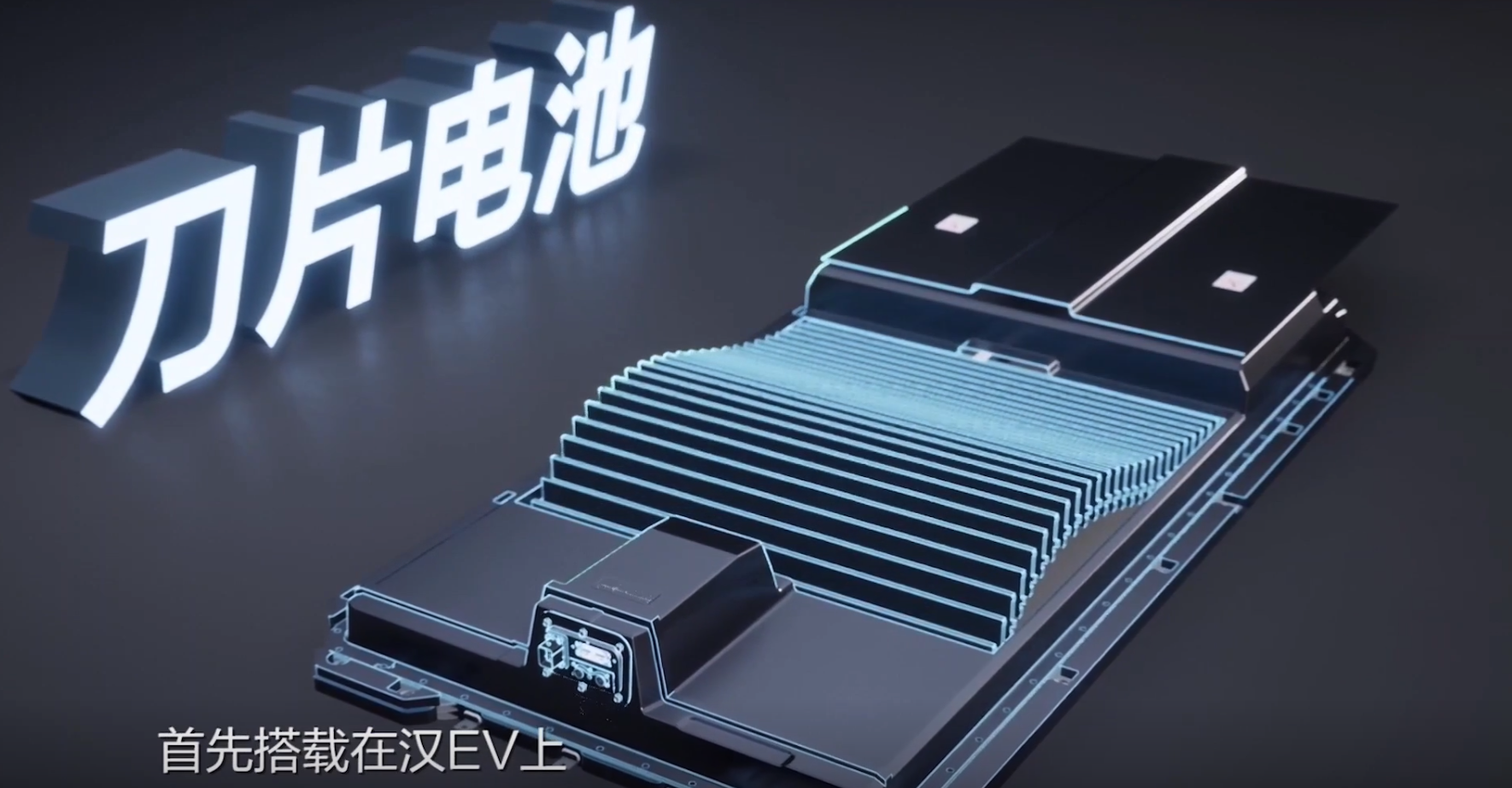
Regarding power, the maximum power of the new Han EV’s front electric motor has increased by 17 kW, reaching 180 kW. The maximum torque has also increased from 330 N·m to 350 N·m. However, the official acceleration time per 100 km/h remains unchanged, with both two-wheel drive and four-wheel drive versions at 7.9 seconds and 3.9 seconds, respectively.
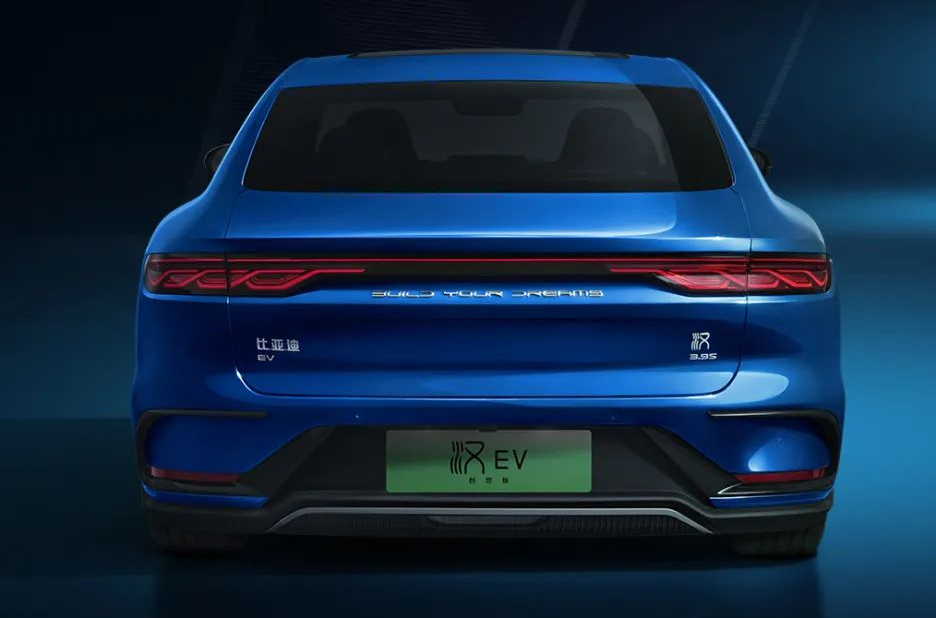
In terms of appearance, the new model basically continues the classic design. The side skirts are more layered, and the tail window decoration is changed from shiny black to silver chrome plating. The taillights adopt a brand-new design, incorporating the Chinese knot, and the recognition is significantly improved. In terms of body size, the new length, width, and height are 4995 x 1910 x 1495 mm, and the wheelbase is 2920 mm, which is an increase of 15 mm compared to the old model’s body length, while other aspects remain unchanged. In addition, the charging port originally located on the left rear side of the vehicle has been removed, and the fast and slow charging ports have been all transferred to the right rear of the vehicle.
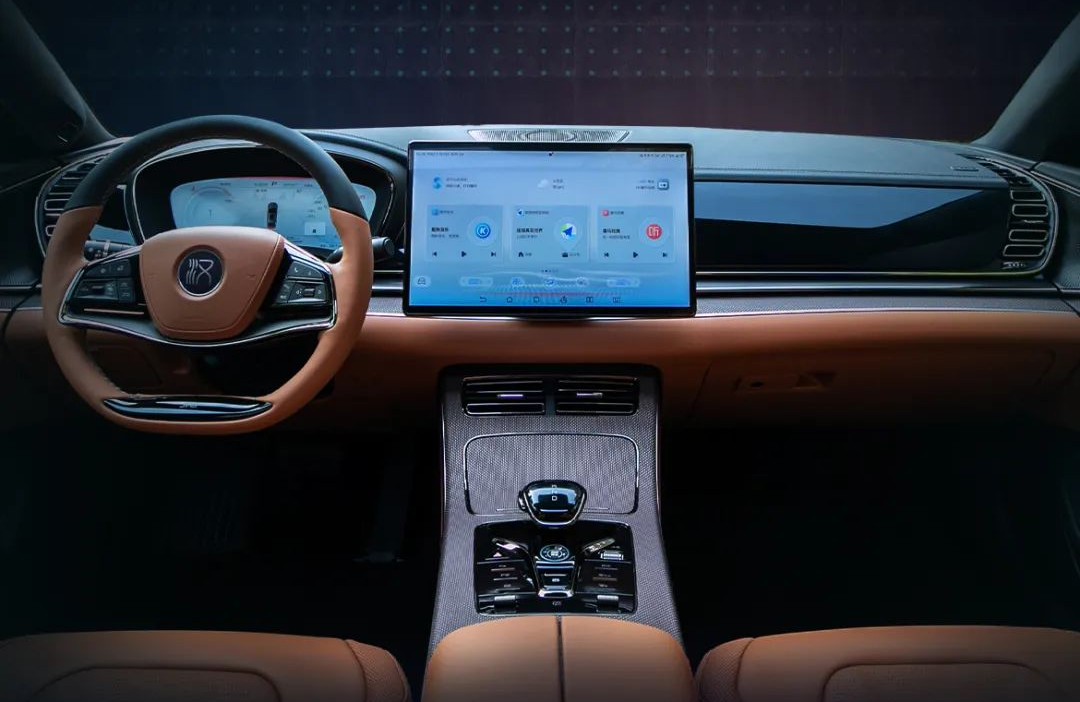
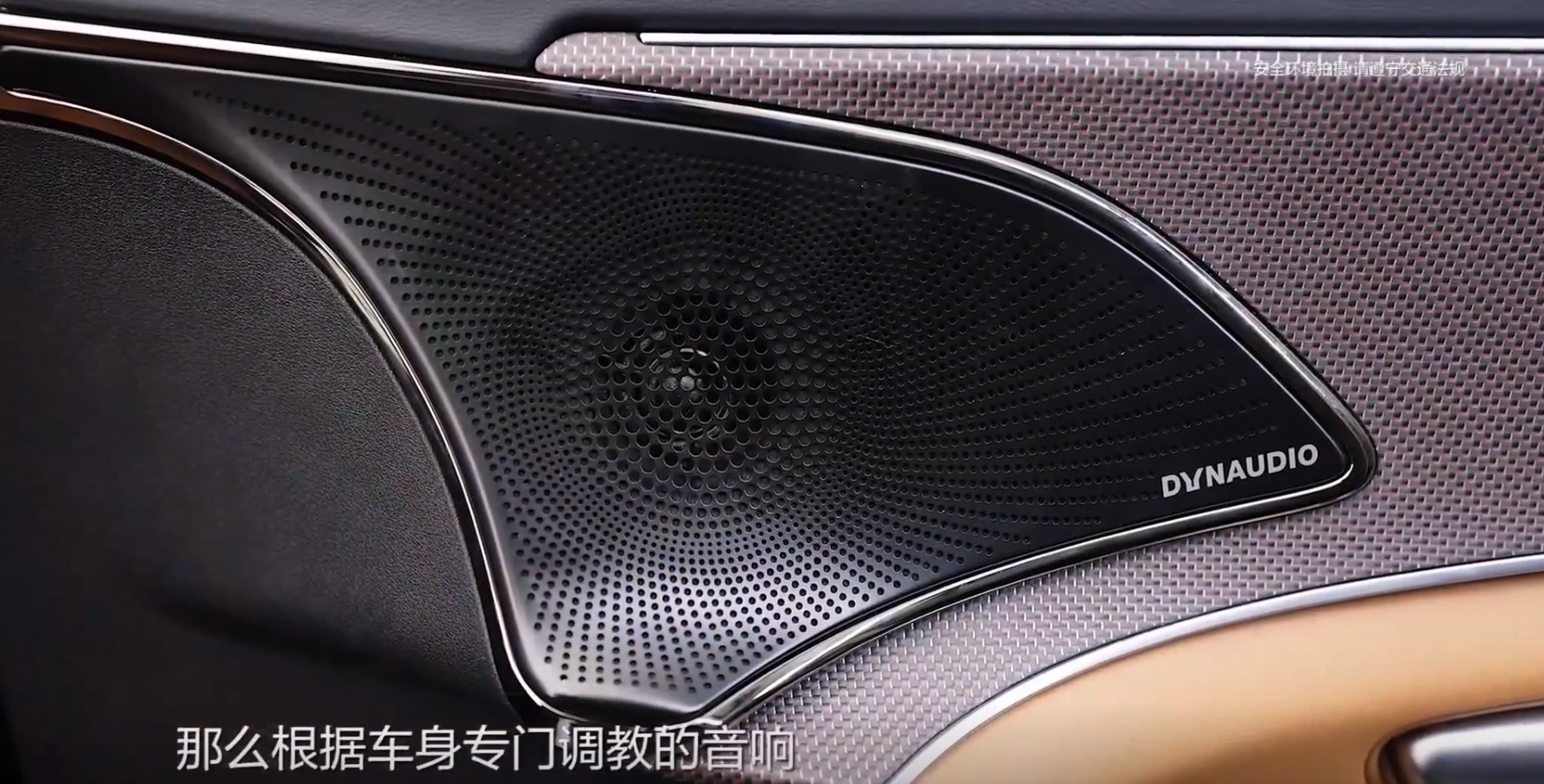
As for the interior, the new car still has a combination of a 12.3-inch instrument panel and a 15.6-inch central control screen, but with the addition of configuration such as HUD head-up display and 12-speaker Dynaudio sound system. In addition, the car’s door panel and the cover of the sound system on both sides have added “dragon scales” elements, which are in line with the overall design language of the vehicle. Some models can also choose to install the Night Purple Carbon Fiber interior trim. The center control panel uses red carbon fiber material and can show a purple effect under sunlight.
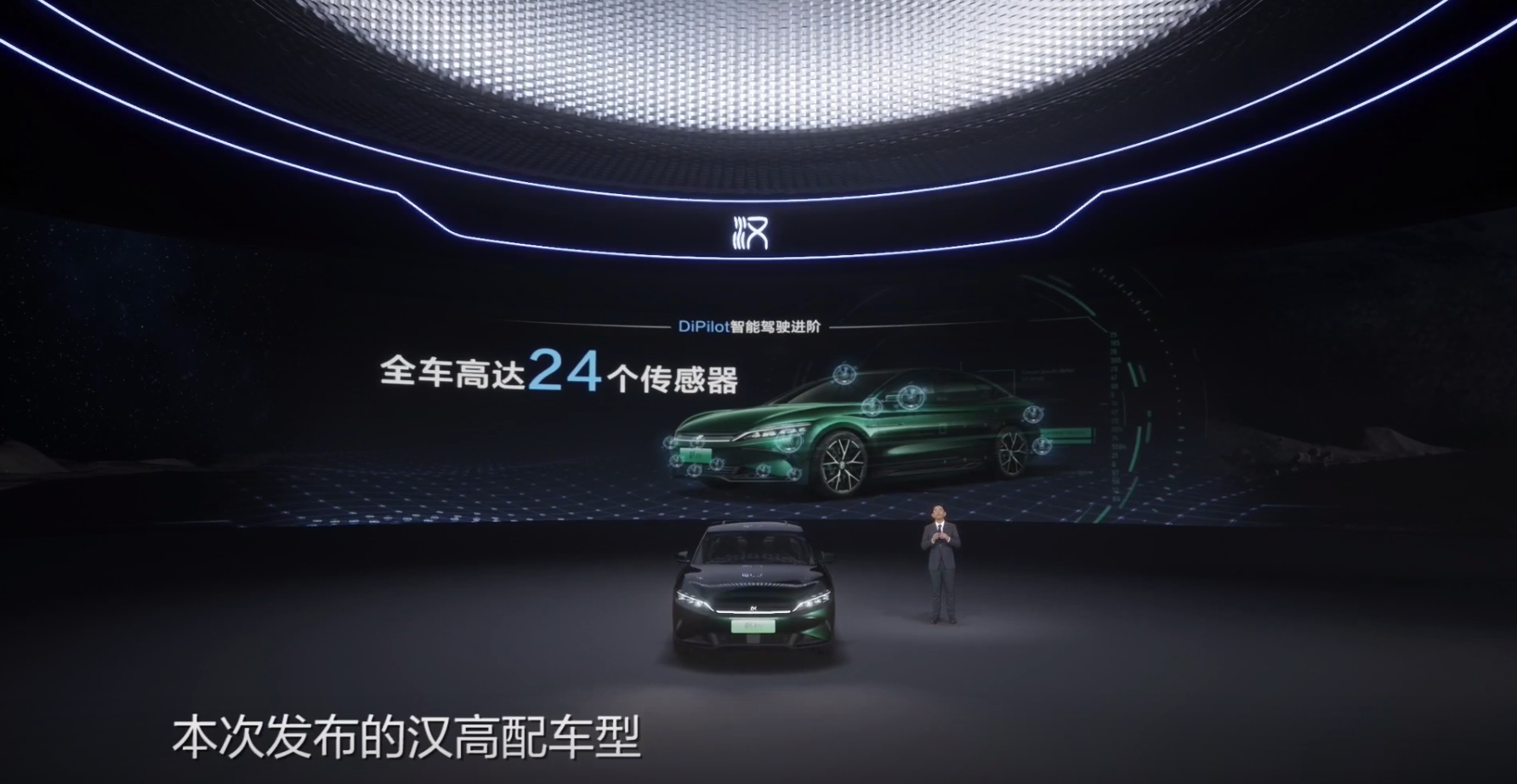
In terms of driving assistance, the top models are equipped with 24 sensors. The DiPilot intelligent driving assistance system has added configuration such as the highway driving assistance system (HWA), emergency lane keeping assistance (ELKA), and forward traffic crossing prompt system (FCTA), but some functions will not be available until the third quarter’s OTA upgrade.“`
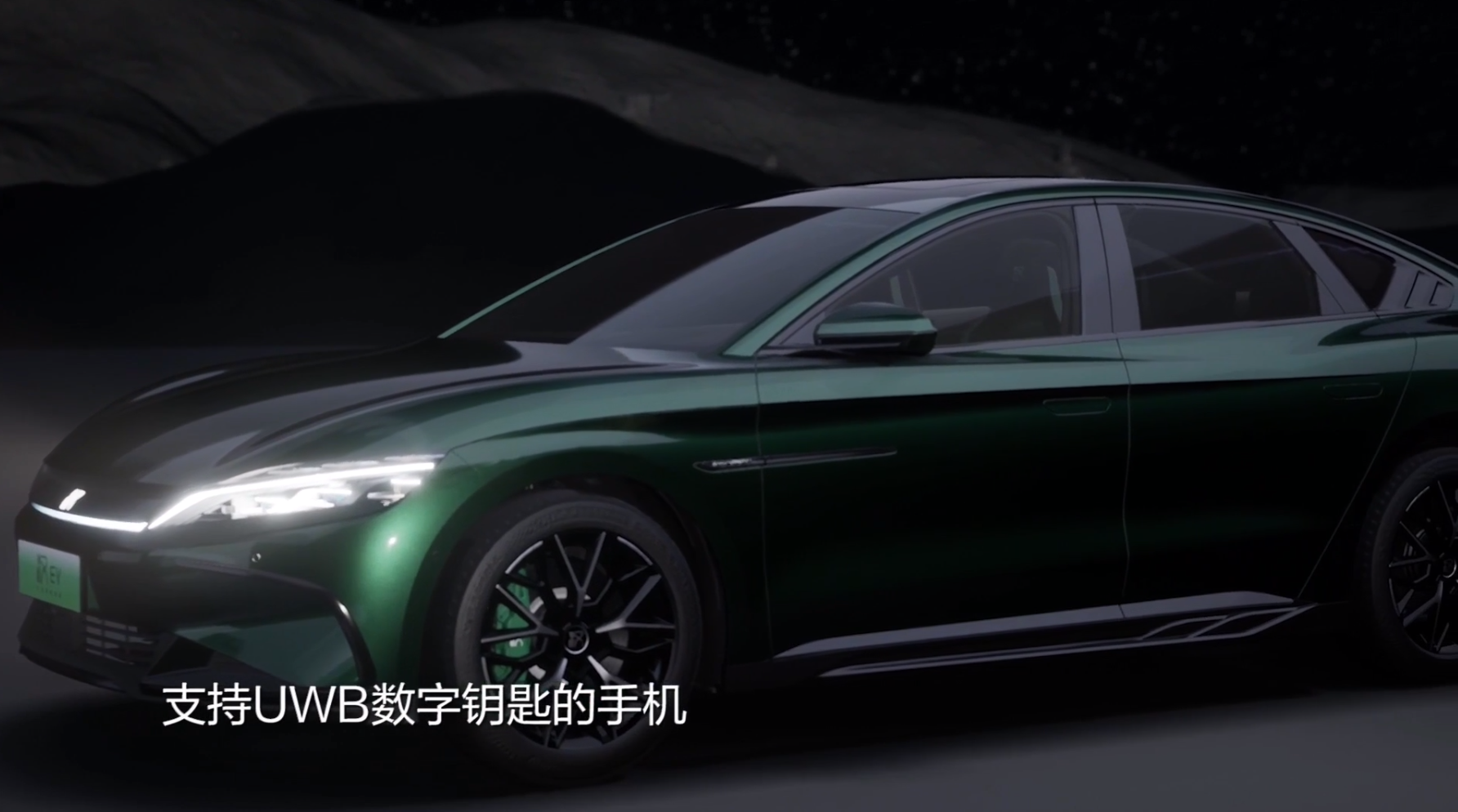
The new Han EV has also launched the limited edition “Qianshan Cui” with a price of 329,800 yuan. In addition to the limited green appearance, it also comes with stone green calipers, carbon black wheels, smoked black headlights, and smoked black taillights, with high recognition. The interior also uses a green theme and is equipped with integrated sports seats. The door panels, seats, panels, and steering wheel all use a lot of suede-like materials, and are matched with green carbon fiber panels to create a good sense of movement.
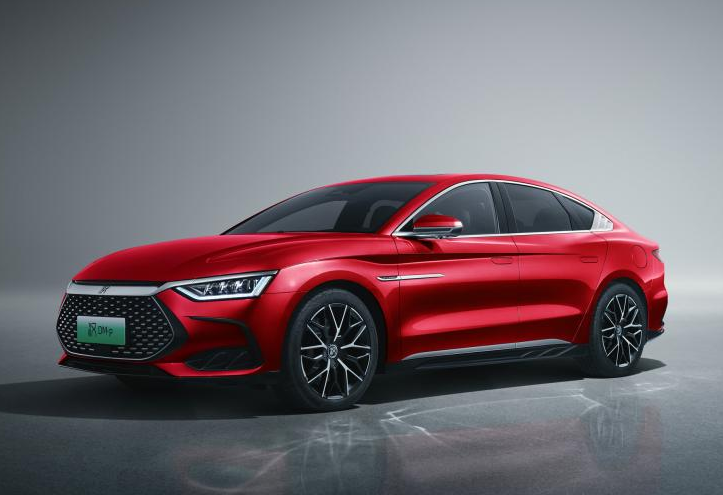
For the differences between Han DM-i/DM-p and Han DM, please refer to this article “Byd Han DM-i/p pre-sale starts at RMB 216,800-322,800, all the questions you have are here“.
Purchase Advice
First, for “Han EV”, if the budget is tight, then the 2021 standard endurance version is very suitable, with a price of only 214,800 yuan, and the endurance is also up to a mainstream 506 km. There are not many choices for C-class pure electric sedans with a price of 200,000 yuan.
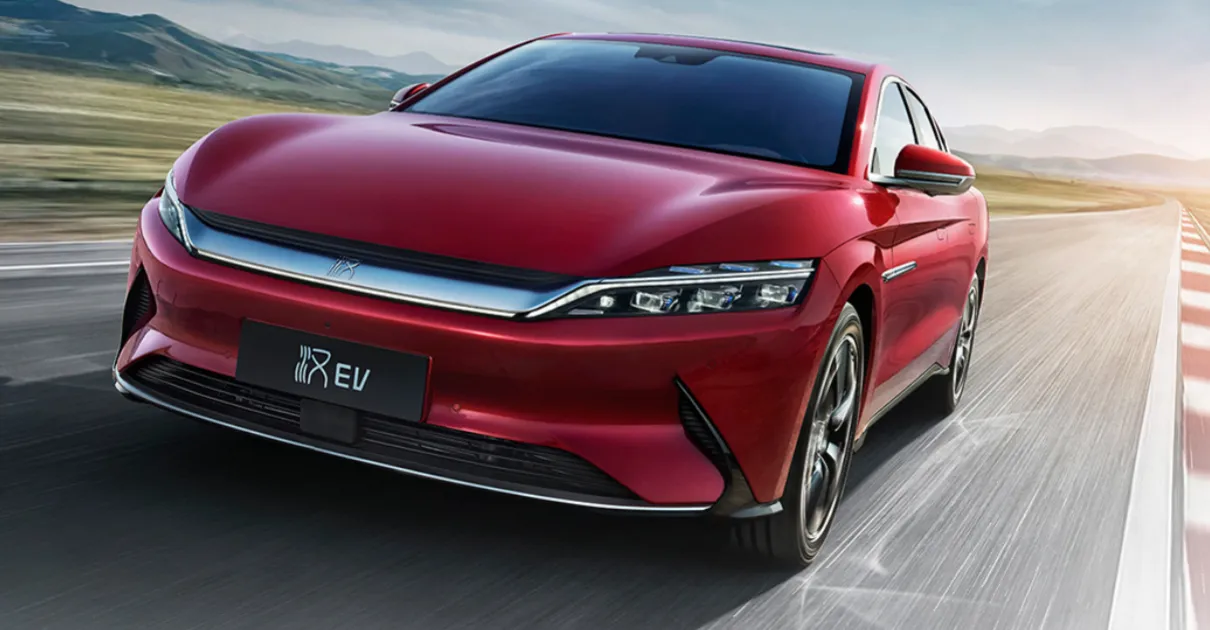
If the budget is slightly more abundant, then considering the new model as much as possible under the principle of “buying new instead of old”, if you don’t have high performance requirements, then the Honor model at 269,800 yuan and the flagship model at 287,500 yuan are only 17,700 yuan apart. However, the latter has more configurations, such as leather steering wheel, merging assistance, automatic parking and other L2 level auxiliary driving functions, car interior atmosphere lights, and car interior 220V power supply. If you dont need these configurations, choose the 269,800 yuan Honor model.
If you have higher performance requirements, the 4WD Zhenxiang model at 288,600 yuan is the first choice. You can also choose the Zhenxiang combination package, which is basically “full configuration.” As for the limited Qianshan Cui model, it depends on personal color preferences.“`
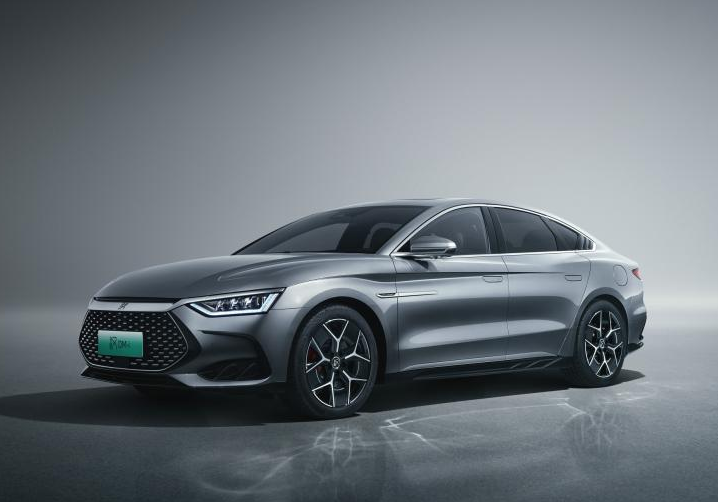
DM-i/DM-p recommends the Honor version priced at 226,800 yuan, which is 10,000 yuan more expensive than the base model, equipped with Danaher sound system, 12-way adjustment for the driver’s seat, heated and ventilated front seat for the co-driver, and other comfort upgrades. If you want a more luxurious feeling, the Premium version priced at 236,800 yuan is worth buying, with premium materials like real wood, carbon fiber, and leather steering wheel, and a touchscreen for the rear seats to further enhance the sense of luxury.
The 242 km version is more suitable for those who have charging conditions at home or work and often have a driving range of 100-200 km or more, as this will fully realize the value of the large battery. After all, the price of the 242 km version is 56,000 yuan more expensive than the Premium version with a 121 km driving range.
The DM-p is suitable for users who pursue extreme performance and have range anxiety. The price of electric cars with a 3.7-second acceleration is generally above 300,000 yuan, but range anxiety is hard to completely avoid with pure electric cars. However, the Han DM-p has a pure electric range of 202 km, and the energy consumption of 5.2 L/100 km is completely acceptable. And all the necessary configurations are basically in place, including active suspension, Brembo brakes, Michelin tires, etc.
Competitive Analysis
The main competitors of the Han EV are still the XPeng P7 and Tesla Model 3. Compared with them, the Han EV has a longer driving range, mature three-electric technology, and certain advantages in price and body size, but the latter two are more outstanding in intelligent driving and creating a sense of technology.
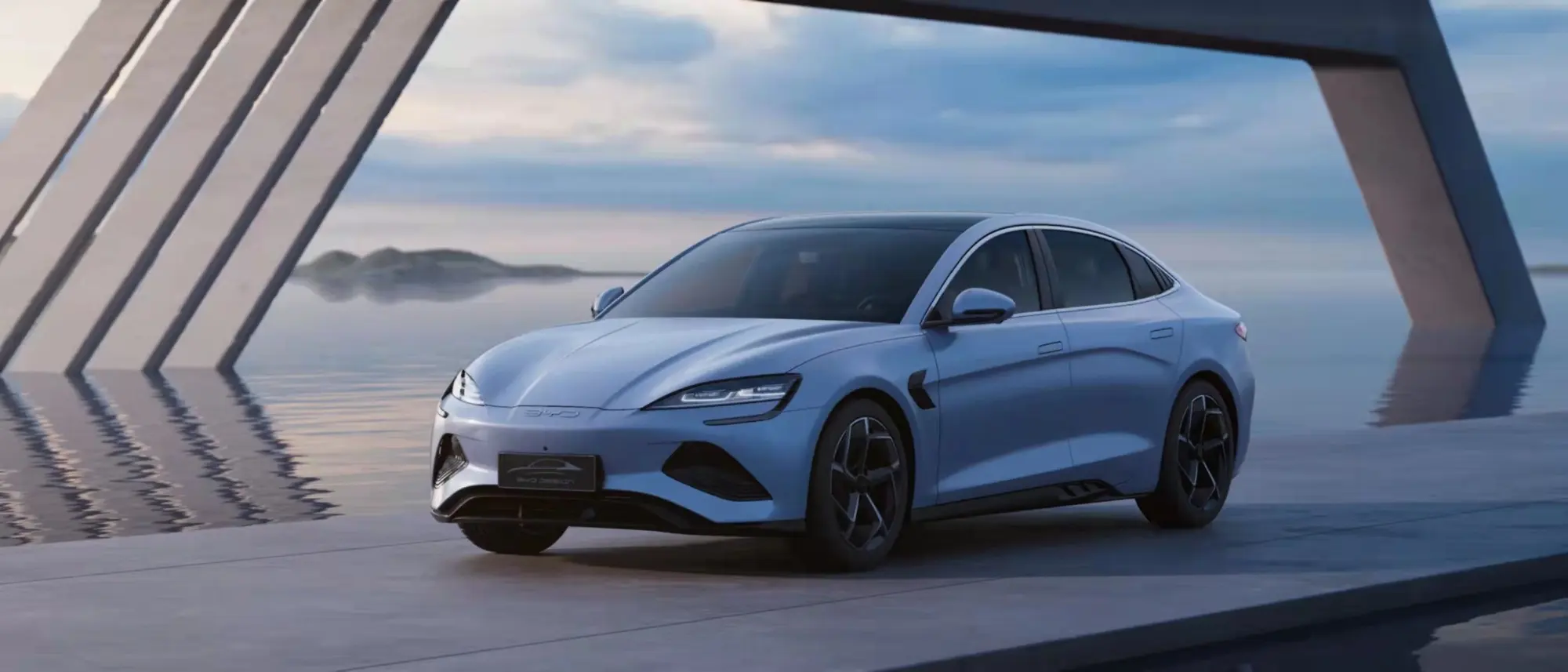
In addition to XPeng P7 and Tesla Model 3, BYD’s “Hai Bao” will also be an important comparison target for prospective owners of Han EV in the future. In addition, with the recent surge in oil prices, some traditional fuel car customers will also consider buying new energy vehicles, mainly B-class cars of traditional luxury brands, such as Audi A4L, Volvo S60L, Jaguar XEL, and so on.
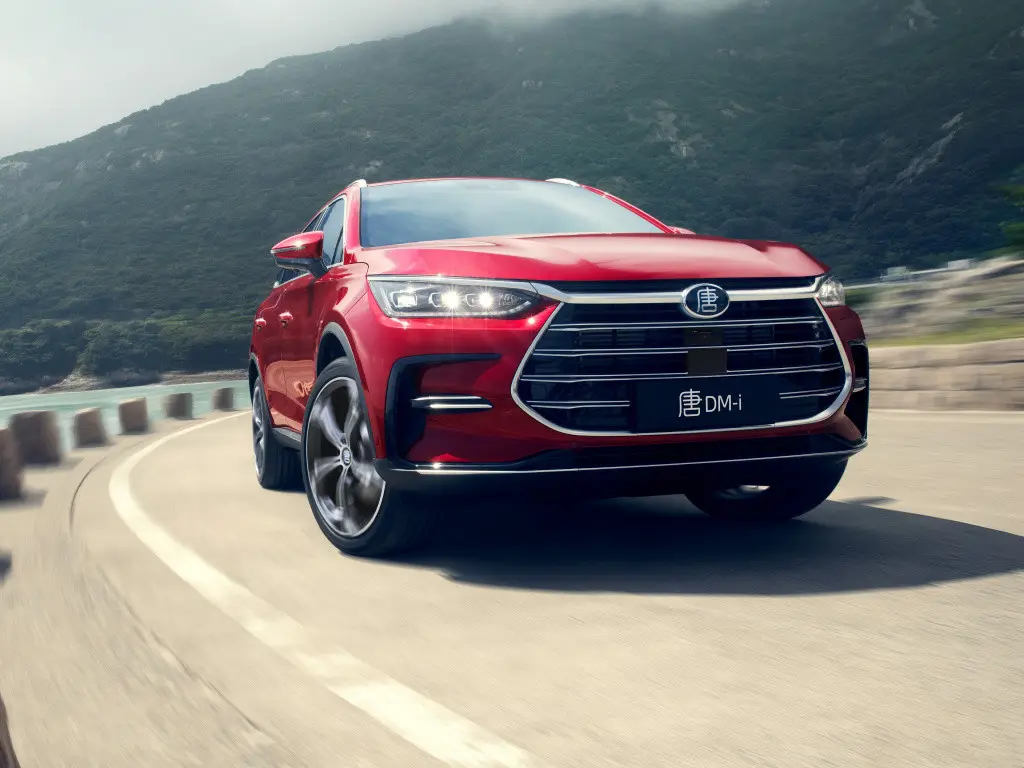
“““
The main competitors of Han DM-i/DM-p may first be their own Tang DM-i with the same technology, and it depends on whether consumers prefer SUVs or sedans. In addition, Han DM-i will attract consumers who were originally planning to buy Toyota hybrids, mainly the Toyota Camry hybrid, Honda Accord hybrid, and Toyota Asia Dragon hybrid.
Since Han DM-i does not require purchase tax, the difference in the final price compared to the above three models is not significant. Considering that Han DM-i can travel on pure electricity, can be equipped with a green license plate, and has a higher configuration level, in terms of cost-effectiveness, Han DM-i is completely superior.
Market Forecast
As oil prices have remained high in recent months, the penetration rate of new energy vehicles is also rapidly increasing. It is predicted that the penetration rate of new energy vehicles in March this year may reach 35%.
Many potential buyers of fuel vehicles will not immediately choose pure electric vehicle models, so in the future, Han DM-i will probably become the main sales force of the family. Compared with the original Han DM, the fuel consumption of DM-i under power failure is only 4.2L/100 km (WLTC), which greatly widens the audience.
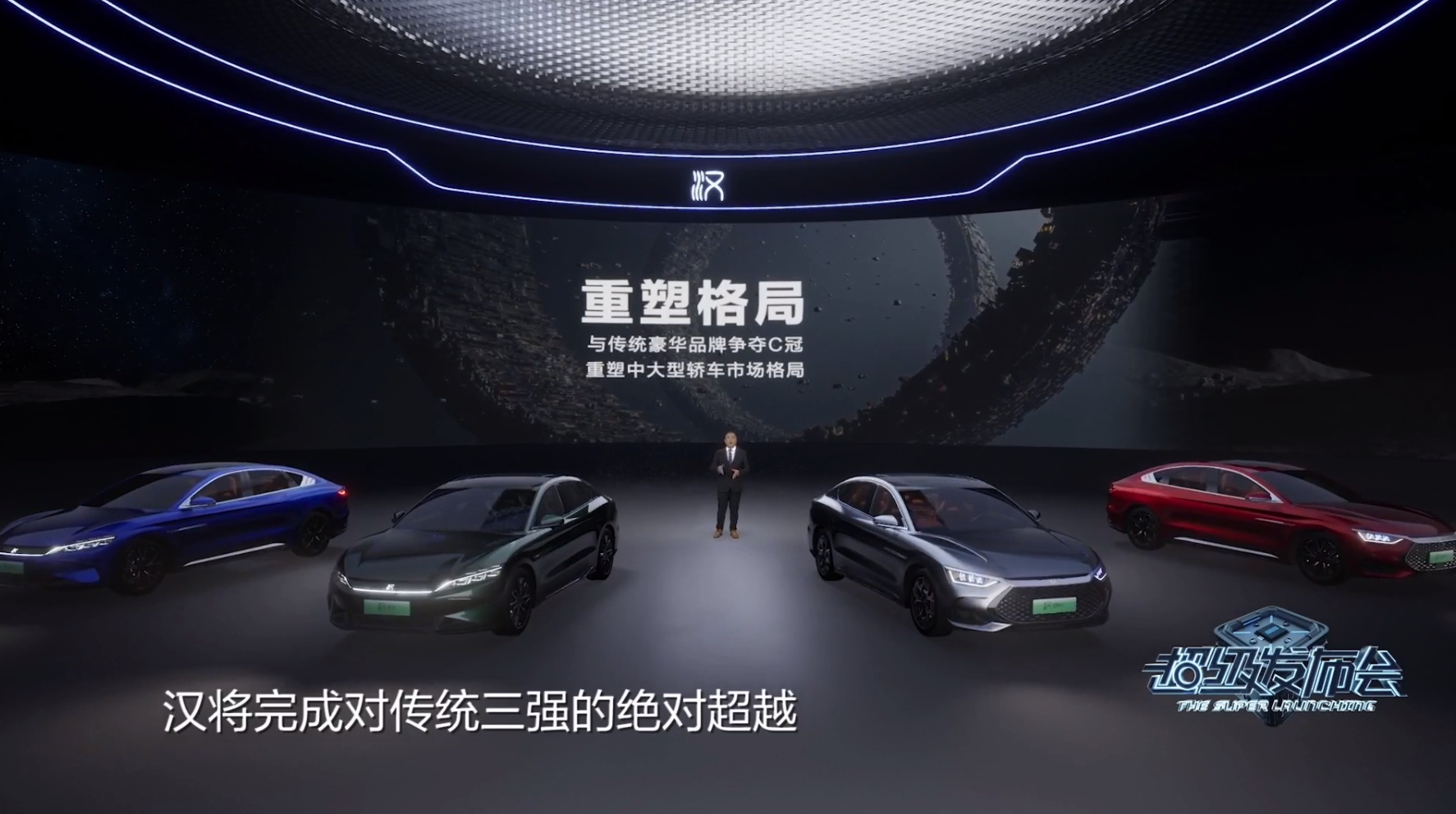
In the past, Han DM’s sales have been only one-third to one-fourth of that of Han EV for a long time, and this phenomenon will be reversed in the future. According to insiders, BYD’s accumulated orders have exceeded 400,000, of which the orders for DM hybrids and EV pure electrics are in a ratio of two to one. It is expected that the sales ratio of Han DM-i/p and EV in the future will also be in a ratio of two to one.
Although the new Han EV has also significantly increased in price this time, considering the general rise in the price of battery raw materials, most other pure electric vehicle models have increased in price by 10,000 to 30,000 yuan. At the same time, the new Han EV with two-wheel drive has a range of more than 700 km, plus rich configurations and BYD’s good reputation in terms of the three-electricity system. It is predicted that the future monthly sales of Han EV will reach about 10,000.
Combined with the sales of Han DM-i/p, it is expected that the Han family will maintain a monthly sales volume of 20,000 to 30,000 in the future.
“`
This article is a translation by ChatGPT of a Chinese report from 42HOW. If you have any questions about it, please email bd@42how.com.
